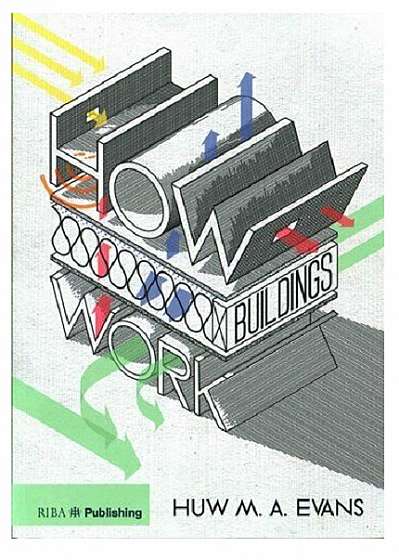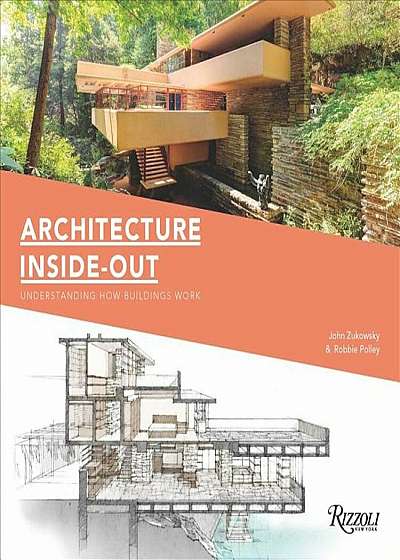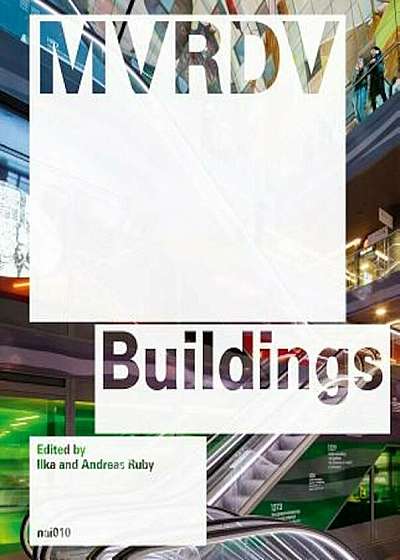
How Buildings Work
Descriere
An understanding of building physics is fundamental for the design and construction of safe, functional, energy efficient buildings. Without it, occupants’ health and comfort is compromised, energy bills become unmanageable, or the building fabric itself can fail. But it’s not just about providing a heating source or stopping the cold coming in; at the heart of building physics is a fine balancing act: how much ventilation will be required for the occupants and how can that be provided without compromising the thermal performance? How will the layout and fenestration affect light levels and cooling demand?How Buildings Work provides construction professionals with a clear understanding of the basic mechanisms of physics and how they affect the performance and operation of buildings. Heat, air, moisture, sound, light and radioactivity are explained in turn, yet all the while reminding the reader that none of these phenomena can be considered in isolation when designing a building. Whether you’re a student trying to get your head round the basics, or a seasoned practitioner looking for a quick refresher course.Table of Contents: 1. Heat 2. Air 3. Moisture 4. Sound 5. Light 6. Radioactivity
Huw M. A. Evans has been a technical author since 1996 and freelance consultant since 2006, authoring technical documents and writing and delivering training courses for designers, energy assessors and construction product manufacturers. He is also the author of the hugely popular Guide to the Building Regulations, now in its 3rd edition.





